Aktuelno
Aktuelno / 01/27/2017 / 1534
U sklopu #winelover aktivnosti, u drugoj polovini 2016. godine je formiran tim koji je na sebe preuzeo zadatak da se za pripadnike #winelover zajednice, blogere, vinske novinare, publiciste i sve ostale koji pišu o vinarijama pripremi integralna publikacija kao praktični priručnik u pripremi i realizaciji posete vinariji. Tim je okupljen pod vođstvom Keith Edwardsa (USA), autora bloga Mise en Abyme ( http://mowse.blogspot.rs/ ). Ostali članovi tima okupljeni oko ovog zanimljivog projekta su bili: Olga Mosina (USA), Sharon Parsons (USA),Tomislav Ivanović (Srbija), uz tehnničku pomoć Fabien Laine (Francuska) i logističku podršku Luiz Alberto (USA). Ovde vam dajemo prikaz dela publikacije koji je pripremio Tomislav, a za sve one koji žele da se upoznaju i sa ostalim poglavljima, u prilogu su i linkovi:
________________________________________________________________
REPORTING MECHANISMS
A key activity that follows a winery visit is reporting. It is mainly targeted at bringing your experiences closer to your targeted audience, with an intention to: -describe the winery, its wines, winemaker or the wine region -describe the wine event -present your opinion or balanced argument -compare and contrast wines from the portfolio -offer suggestions or advice. In addition, wineries that offered you their hospitality and dedicated time and resources to introduce you to their story and wines, will greatly appreciate your reporting as a marketing tool and promotional material. Before you set out on this step, you need to answer the key question:
-who is your target audience (pay attention to age, gender, cultural background, amateurs vs. professionals, etc because these features affect the choice and style of your report to a great extent). Once you know your target audience, you will be able to communicate effectively with them. This will help you determine your writing style and reporting format.
-where is the report going to appear (eg. Website, blog, printed magazine, vlog, etc)
Here we will go through most frequent reporting mechanisms and give you an inventory of available reporting formats so that you can pick the most convenient ones when you need it.
- WRITTEN REPORT – the most frequent type of report. Most articles found on common wine blogs would fit into this category. Depending on your target audience, you may combine fiction and factual writing, or descriptive passages and strictly technical ones… Also, this reporting mechanism may be formal, semi-formal or informal, depending on your target audience. This type of reporting offers the writer great freedom in terms of style and personal approach. Personal views and historical facts and information can be successfully blended in order to create a successful story.
A good written report is generally what you want to read yourself. Don’t attempt to WRITE a report. Instead, sit down, pour a glass of wine and create something you’d want to read.
Be careful when talking about yourself. Avoid turning your report into self-centered bragging. Most readers will recognize such boastful attempts. Your opinions are interesting to other people if you can make them amusing, justify them or explain them.
Long paragraphs are hard to read and they’re boring, too. Internet-based readers often scan and skim text, so they want something short and fast to read. Big, chunky paragraphs get skipped over. The ideal length of paragraph for fast reading is about five to seven sentences. In case of real need to write a lengthy article with numerous paragraphs, you are strongly advised to divide long chunks of text with other content (eg. photographs, videos, etc).
Monotonous visual formatting of the report is almost guaranteed to put people to sleep. Don’t hesitate to use headers and sub-headers so that readers can easily spot information they are looking for. Insert some bullet-point or numbered lists. Try bolding parts of phrasing. On the other hand, don’t overdo it either. Too many headers, bolded words and bullet-points in the article aren’t attractive. Paint a picture, and be specific. Wine-loving crowd is fond of wine stories that tell a story. Specific anecdotes that illustrate your point, parts of conversation with the winemaker, interesting history of a particular label or a vineyard are a great way to bring your story to life and demonstrate your points. So, instead of talking about how complex the winemaking process is, show us how complex the winemaking process is.
- PODCAST - Podcasts aren’t the most popular and hottest digital marketing technique, however they can be used quite effectively to build an audience and increase awareness by reaching iTunes charts. Good thing about podcasts is that generally you require little or no budget to get you started.
Sound quality matters. Be careful if you decide to record materials for your podcast during the visit. Outdoors, there may be unplanned noise which will seriously affect the quality of your recording. Keep in mind that if there are sound problems, most listeners will change podcast rather than keep struggling to hear the remaining part.
Stay focused. An average episode length is 20 minutes. You may stretch it to about 30 minutes, but keep in mind that your audience will gradually lose interest and revert to something else. Podcast audience is usually doing something else while listening to your episodes eg. jogging, commuting to work, gardening, house chores, etc.
Conversational means entertaining. Owing to its nature, a podcast episode is most effective when it communicates directly with audience. Therefore, you will not make a mistake if your style is conversational, easy-listening, resembling “the real life”. Don’t be afraid to invite another speaker for a lively chat… Dialogue sounds more fun than a monologue. You can interview winery staff, winemaker or another colleague who visited the winery with you during the press trip.
Diversity. Podcast offers great opportunity to exploit the winery visit to a maximum. Beside an episode about the winery and the cellar tour, you can also create additional episodes featuring the interview with wine staff or winery owner and other news or actual information. It will result in an entire series of related stories.
- VIDEO REPORT/VLOG - The first thing that comes to your mind when you hear the term vlog/video report is probably a post on YouTube. However, video report extends beyond this channel, so it includes also any other website where video is its primary reporting mechanism, rather than written articles of photographs.
Video reports are growing in popularity. They are easy to share so you can target large audience.
Making video report also implies writing. Yes, you will need to plan the script: the introduction, the body and the conclusion. So, spend some time thinking about the themes and points that you intend to cover in your video report. Write them down in order to be sure that nothing is skipped once the camera starts rolling.
Practice makes perfect. If you want to present the topic in the video report, it won’t hurt to practice in front of a mirror. That way, you will get used to speaking clearly and without anxiety in front of camera.
Diversify content. Instead of showing your face and talking incessantly about the winery and its wines, diversify the content of your video report. During the winery tour, create recordings of the cellar, interior and exterior of the winery, shoot some extracts from the tastings you had… Then, combine all these with your monologues. This way, the video report will be more interesting to watch.
- PHOTO STORY – a group of pictures that are supposed to tell a story to someone. Often include introduction and captions (some photographers strongly object to it as they believe that a photograph should tell a story clearly without additional explanations).
The key photo. Always try to include in your photo story a key photograph that is strong, powerful and expected to impress the viewer.
Don’t be afraid of linear narrative. Although you may think that linear narratives are too simple or straight-forward, they are quite effective and viewers like them a lot.
No matter how experienced or talented you are, there will always be new area for improvement. Find new ideas, adapt to trends, benefit from winery visits. It is vital that you bring emotions and human feel into your stories no matter which reporting mechanism you choose.
_______________________________________________________
Integralna publikacija:
Deo 1: Formulation of #Winelover Winery Visits task force - http://mowse.blogspot.rs/2017/01/formulation-of-winelover-winery-visits.html
Deo 2: Winelover preparation for the winery visit - http://mowse.blogspot.rs/2017/01/winelover-preparation-for-winery-visit.html
Deo 3: The Site Visit - http://mowse.blogspot.rs/2017/01/winelover-winery-visits-task-force.html
Deo 4: Follow Up and Reporting - http://spaswinefood.blogspot.rs/?view=classic#!/2017/01/winelover-winery-visits-task-force.html
Deo 5: Reporting Mechanisms - http://www.vinopedia.rs/?p=6433#more-6433

Tomislav Ivanović
Nagrađivani vinski novinar, kritičar i saradnik odabranih vinskih magazina. Autor i urednik vebsajta www.vinopedia.rs. Nosilac WSET3 sertifikata. Član Udruženja somelijera Vojvodine. Sudija na nacionalnim i internacionalnim vinskim takmičenjima. Vodi radionice i predavanja na temu vina Srbije i Balkana. Lokalni partner organizacije Wine Mosaic. Suosnivač Međunarodnog dana prokupca.

Pročitajte i druge članke iz ove rubrike:
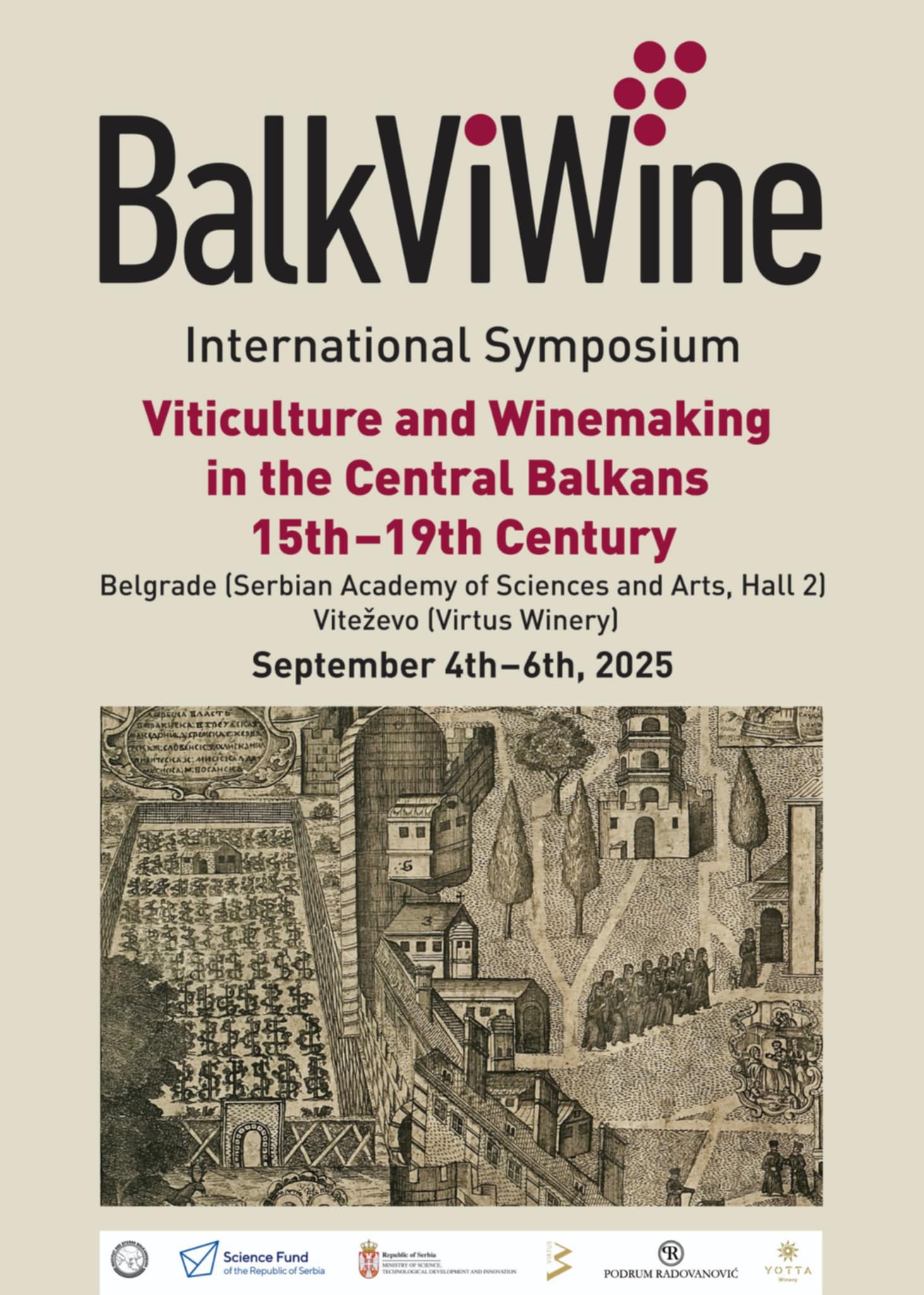

BALKVIWINE 2025 BEOGRAD
PROČITAJ VIŠE
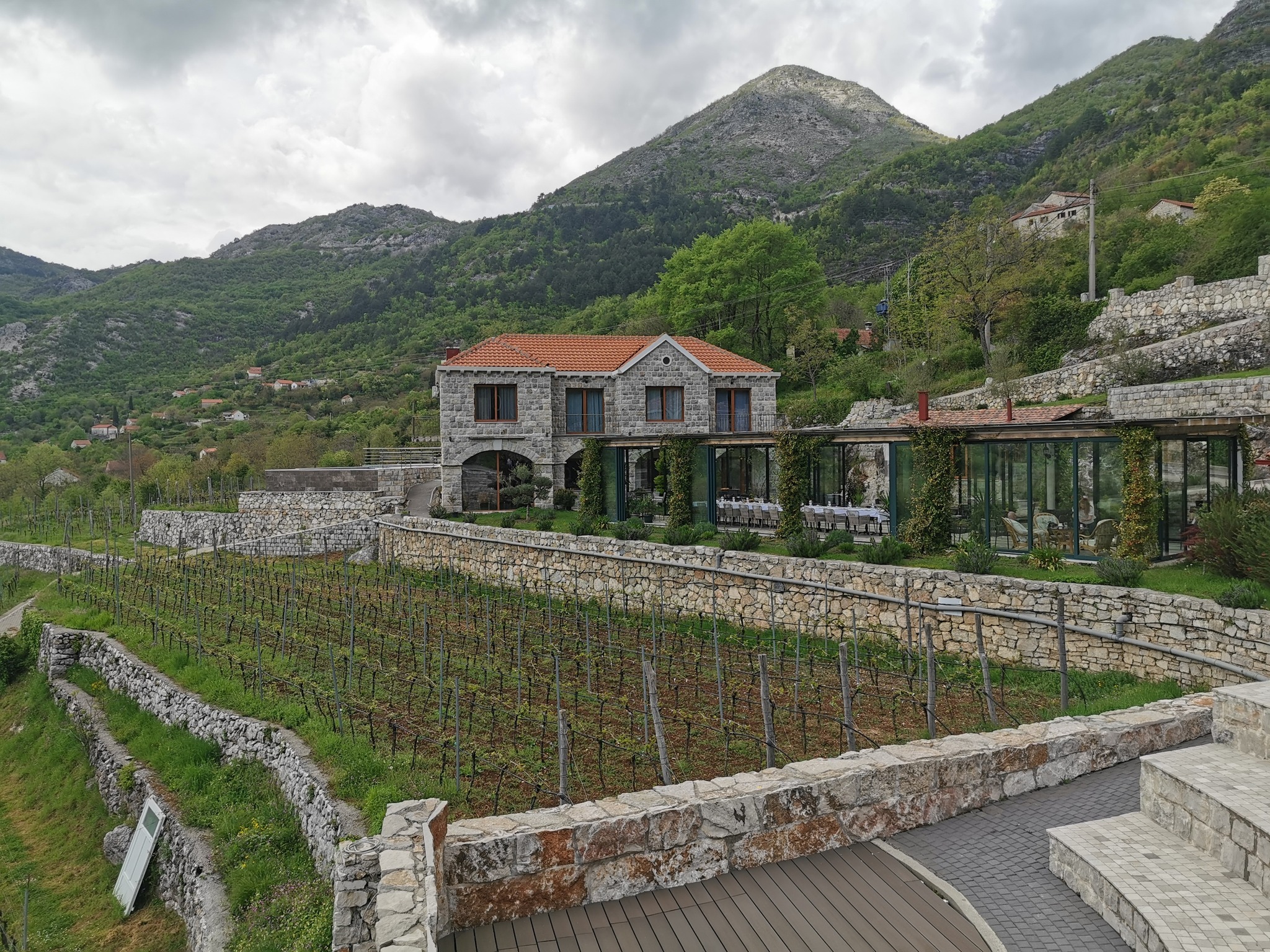

KRATOŠIJA PROBUDILA CRNOGORSKE VINARE
PROČITAJ VIŠE
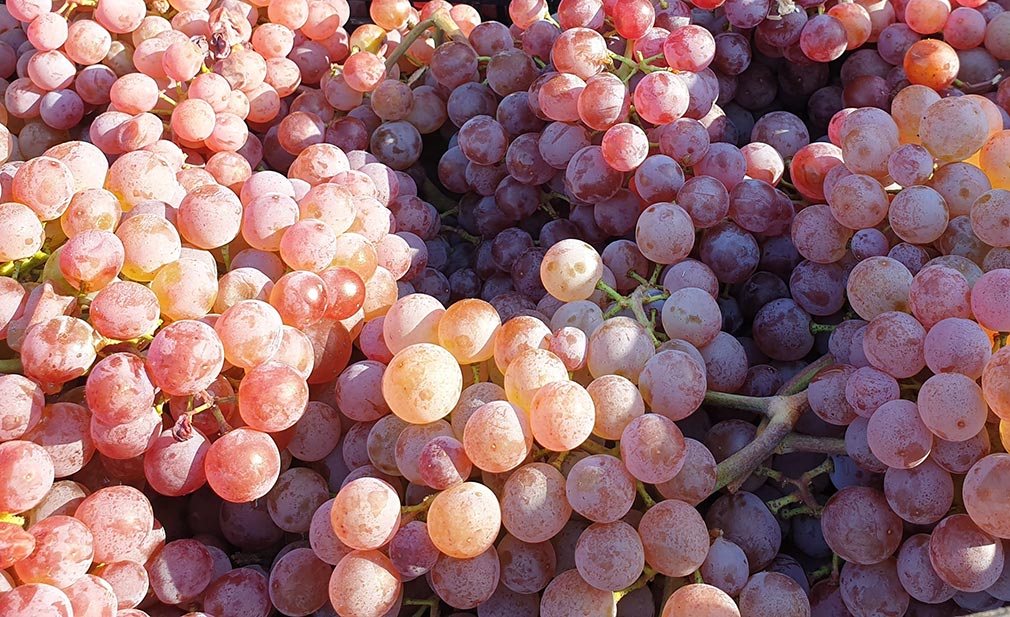

VINOPEDIA TOP 10 2024
PROČITAJ VIŠE
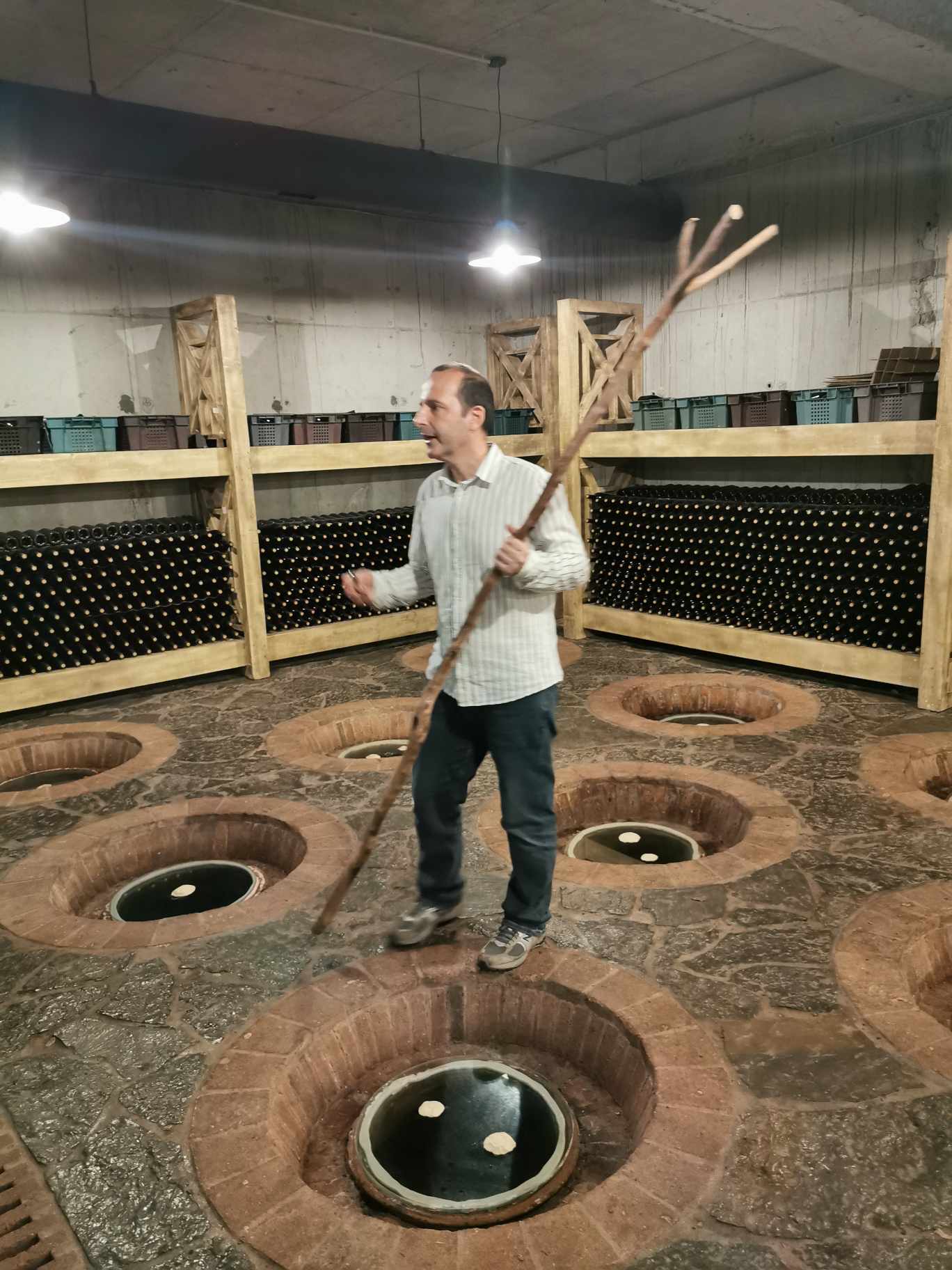

GIUAANI - VINSKI TURIZAM NA GRUZIJSKI NAČIN
PROČITAJ VIŠE
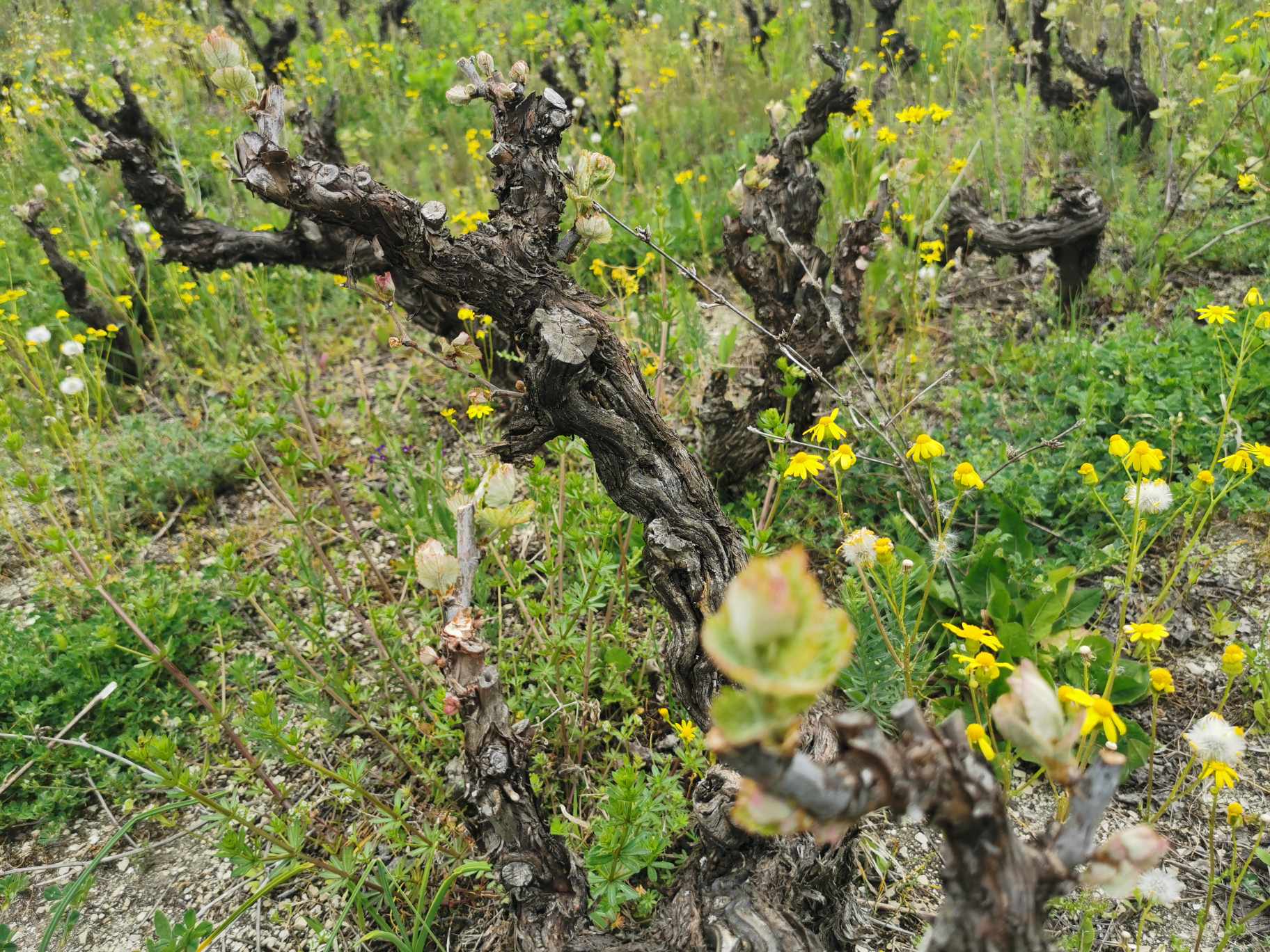

SPASIMO STARE VINOGRADE SRBIJE
PROČITAJ VIŠE
Pobednik MILLESIMA BLOG AWARD 2016

Winner MILLESIMA BLOG AWARD 2016
VINO & FINO vinska ličnost godine 2016

VINO & FINO wine personality of the year 2016